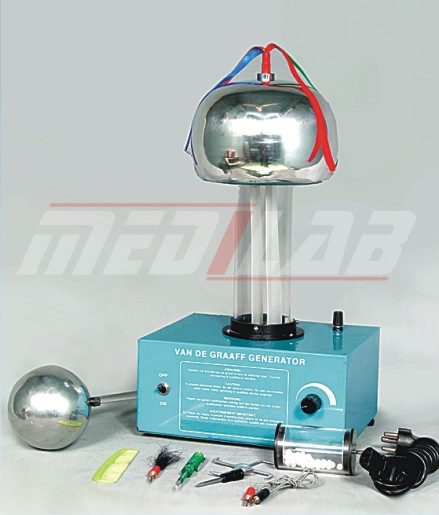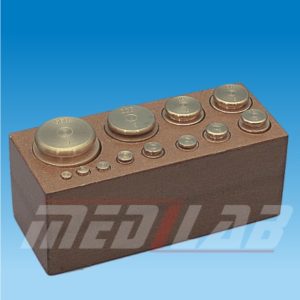Description
Van De Graff Generator is an electrostatic machine that generates high voltages using a moving belt to transfer electric charge to a hollow metal dome. It was invented by Robert J. Van de Graaff in 1929 and is commonly used in physics experiments, particle accelerators, and electrostatic demonstrations.
How It Works:
- Belt System – A moving belt made of insulating material (like rubber or silk) transports electric charge.
- Charge Transfer – A lower electrode (comb or brush) applies charge to the belt via friction or induction.
- Accumulation on Dome – The belt carries the charge to the upper dome, where another electrode collects and transfers it to the outer shell.
- High Voltage Output – The metal dome accumulates large amounts of charge, producing high voltage (up to millions of volts), which can create sparks, attract small objects, or make hair stand on end.
Uses of a Van de Graaff Generator:
- Educational Demonstrations – Used in physics labs to show electrostatic principles.
- Particle Accelerators – Early models were used for nuclear physics research.
- X-ray Generation – Some high-energy versions help produce X-rays.
- Fun Science Experiments – Creates lightning-like sparks, makes lightweight objects levitate, and demonstrates electrostatic repulsion.







